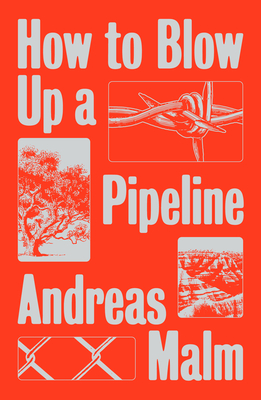snettie reseñó How to Blow up a Pipeline de Andreas Malm
Maybe better suited to newcomers
2 estrellas
My number one critique of this book is that it had so many opportunities to share and relate revolutionary movements throughout history to the climate movement, and it did not. Even worse, there were parts of the book that critiqued attacks on oil pipelines in the SWANA region that were connected to local anti-imperialist movements, without drawing the connection between anti imperialism and the climate movement (embarrassing, frankly).
That said, I think the book is a fine introduction to the idea that violence in the form of property destruction is a legitimate action to take, although I wish the book made a stronger case to the idea of armed resistance in the pursuit of national democracy and socialism. I also think the last chapter of the book was the strongest, since it offered good critiques of climate doomerism.
Anyway, I shouldn't be surprised lol, but whatever, it was …
My number one critique of this book is that it had so many opportunities to share and relate revolutionary movements throughout history to the climate movement, and it did not. Even worse, there were parts of the book that critiqued attacks on oil pipelines in the SWANA region that were connected to local anti-imperialist movements, without drawing the connection between anti imperialism and the climate movement (embarrassing, frankly).
That said, I think the book is a fine introduction to the idea that violence in the form of property destruction is a legitimate action to take, although I wish the book made a stronger case to the idea of armed resistance in the pursuit of national democracy and socialism. I also think the last chapter of the book was the strongest, since it offered good critiques of climate doomerism.
Anyway, I shouldn't be surprised lol, but whatever, it was fine.






